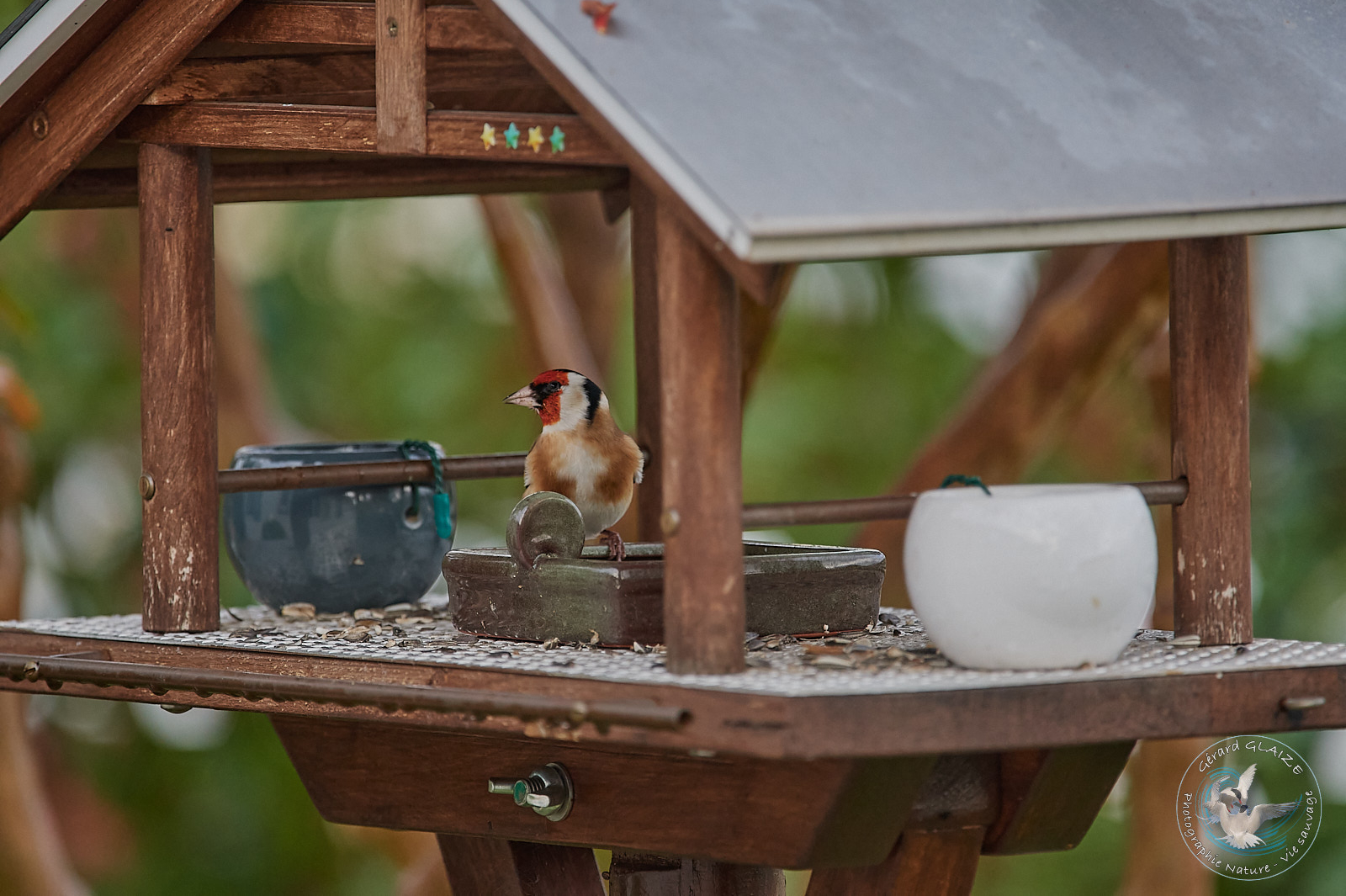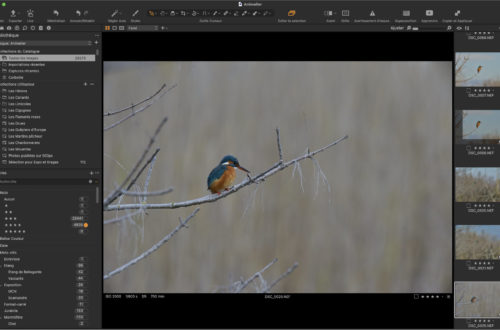Bird Protection
Bird Protection is a field of conservation biology that deals with threatened bird species. Population declines and even extinctions have been observed for several species since the 1850s for a variety of reasons. (Wikipedia)
«Birds are first and foremost among the most crucial species for the global ecosystem. They must therefore be protected at all costs. »
For thousands of years, birds have flown around the world and in our imaginations. They also have cultural, artistic, philosophical and economic value. But beyond that, they play a huge role in preserving our precious ecosystem and, therefore, all life on this planet. Birds control pests, clean up waste and spread seeds. In addition, birds pollinate about 5% of the plants that humans use for food and medicine (Birdlife).
Protection Organizations
First of all, BirdLife is one of the most active organisations worldwide. It must be recognised that BirdLife International is the largest international partnership for nature conservation.
Similarly, in France the LPO (League for the Protection of Birds) is one of the most important associations dedicated to the protection of nature and birds.
Finally, in my department, the COGard, Ornithological Center of Gard, is a non-profit association whose purpose is to study and protect the fauna and flora of the Gard and adjacent regions. Since 1980, it has worked to improve knowledge of avifauna and biodiversity in the Gard. In addition, the COGard has added to its study and conservation missions the awareness of the public to biodiversity and environmental issues.
Other bird protection organizations exist in other countries, including:
- The Royal Belgian League for the Protection of Birds (LRBPO) is the oldest national association for the protection of nature and birdlife in Belgium.
- The Swiss Ornithological Station is a public utility foundation for the study and protection of birds.
- The Royal Society for the Protection of Birds (RSPB) in the United Kingdom (UK).
International Union for Conservation of Nature
The International Union for Conservation of Nature (IUCN) is an intergovernmental organization dedicated to the conservation of nature.
The IUCN (International Union for Conservation of Nature) Red List, created in 1964, is therefore the most comprehensive global inventory of the global conservation status of plant and animal species. It is in fact presented in the form of a regularly updated online database. It thus presents the situation of more than 150,000 species (2023 version) out of the 1.8 million known species.
Presentation of the IUCN categories:

These categories are used at a regional scale (according to the 2012 guide and the 2012 regional guide of the IUCN)
- The Extinct (EX) and Extinct in the Wild (EW) categories correspond to species that are globally extinct.
- The Regionally Extinct (RE) category applies to species that have disappeared from the region in question but persist elsewhere.
- The three categories Critically Endangered (CR), Endangered (EN) and Vulnerable (VU) therefore bring together species threatened with extinction.
- These species face a relatively high (VU), high (EN) or very high (CR) risk of extinction.
- The Near Threatened (NT) category groups together species that are close to meeting the quantitative thresholds specific to threatened species, and which could become threatened if specific conservation measures were not taken.
- The Least Concern (LC) category includes species that present a low risk of extinction from the region in question.
- The Data Deficient (DD) category groups species for which the best available data are insufficient to directly or indirectly determine their risk of extinction.
- The Not Applicable (NA) category corresponds to species for which the methodology is not applicable and which are therefore not subject to the assessment process (e.g. introduced species or visiting species not significantly present in the region).
- The Not Evaluated (NE) category includes species that have not yet been assessed against the Red List criteria.
Standard acronyms thus correspond to the naming of categories in English. In all languages, these categories are used as is:
- EX = Extinct,
- EW = Extinct in the wild,
- RE = Regionally extinct,
- CR = Critically endangered,
- EN = Endangered,
- VU = Vulnerable,
- NT = Near threatened,
- LC = Least concern,
- DD = Data deficient,
- NA = Not applicable,
- NE = Not evaluated.
Contribute to the Bird Protection
Protection against predators
Cats are pets for many of us, but they are first and foremost fearsome predators. The tendency to hunt in cats is not linked to hunger, so their hunting behavior is innate and part of their genetic heritage.
There are at least 14 million cats in France, and several associations estimate their impact at between 55 and 70 million birds killed annually.
Finally, to protect birds from predators in your gardens, place them out of reach of your cat:
- food distributors
- water points and drinking troughs
- the nest boxes
To conclude on Bird Protection against predators see the ORNITHOMEDIA.COM video on YouTube on these protection methods.
Helping birds survive the winter better
To help birds get through the winter more easily, you can intervene in several ways :
- Install nest boxes to protect the birds in your garden from the cold:
Not all birds that visit your garden or balcony are the same size. There are different sizes of nest boxes, with suitable entrances, round and more or less large, of 28, 32 or 50 millimetres in diameter. The sparrow, the tit and the nuthatch are small and require an opening of around 32 mm. The larger blackbird and the jay, the robin and the wren (although small in size), will prefer a large entrance for their nest. Then, the starling and the great spotted woodpecker, of medium size, will need a nest box with an opening of 50 mm.
The feeders
- Hang feeders where they are safe from predators:
Birds feel in danger on the ground and prefer to perch to eat their seeds. Some, such as sparrows or robins, are certainly more often on the ground. There are different models of feeders, standing models, a welcome alternative for a balcony or in a property without trees, or hanging models. But if you can place your feeder in a tree or hedge, birds used to feeding in trees will be more comfortable. Choose a sunny spot and sheltered from the wind preferably.
Birds only come out in the morning or at the end of the day to feed, taking this into account to know when to fill your feeder.
Remember to replenish the feeders every day (avoid excess food or breakages).
Also think about hygiene. Clean the feeders regularly to avoid any contamination. - Hang fat balls to feed birds well:
Fat balls, which are mainly made up of cereals, sunflower seeds, fat, flour and worms, are very nutritious. They allow birds to stock up on energy and calories to cope with the great cold of winter. Avoid fat balls with nets, as these nets can be a trap for the little legs of our feathered friends. Remove the nets if you cannot find balls without nets, and use ball holders that you can find in garden centres or pet shops. - Choose quality food suitable for the birds that frequent your garden or balcony. The food should be as close as possible to what the birds find in nature.
Water is essential even in winter
- Place a water trough to allow the birds to quench their thirst:
Birds need to drink. There are different models of waterers in garden centers or pet stores. Large waterers on stands are also appreciated by birds (unless you have a pond), because they can bathe there. Even in winter, we wash ourselves!
Remember to break the ice in very cold weather so that our feathered friends have access to water!
How to feed birds properly in winter
Granivorous birds are particularly fond of seeds. Sunflower seeds are a favorite food for many, and they show remarkable skill in shelling these seeds.
- House Sparrow,
- Great Tit,
- Eurasian blue Tit,
- Marsh Tit,
- Eurasian Chaffinch,
- European Greenfinch,
- European Goldfinch,
- Eurasian Collared Dove,
- Dunnock,
- Eurasian Jay.
Insectivorous birds eat insects, slugs, spiders, berries and small seeds, so you can give them dried insects or small pieces of fat or ham.
- Common Blackbird,
- European Robin,
- Long-tailed Tit,
- Eurasian Nuthatch,
- Eurasian Wren,
- Great Spotted Woodpecker,
- Goldcrest.
Fruit-eating birds eat fruits and berries, so you can give them pieces of apple or pear, nuts, fruit that is easily found in winter.
- Common Starling,
- Eurasian Magpie,
- Song Thrush.
Contributing to the Bird Protection is an excellent thing, but we must avoid making certain mistakes. Thus, we must avoid feeding birds all year round, otherwise we risk creating dependency and an imbalance in their diet. Birds should only be fed during periods of extreme cold in order to help them get through the harshest periods.
The Threats
The threats facing birds are due to several factors :
- The disappearance of hedges at a rate of several thousand kilometers per year (11,500 km – source wwf).
Concerning hedges for those who have them in their garden or other properties, it is necessary to avoid cutting them during the bird nesting period. It is preferable to carry out these maintenance operations from autumn to the end of winter. - The use of pesticides that contaminate their food. Between 1990 and 2020, birds in agricultural plains have decreased by 30% in France (source LPO).
- Wind turbines, urbanization, habitat loss and degradation, night lighting, climate change, hunting and predation by cats are also threats to birds.

















